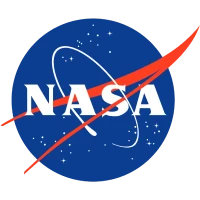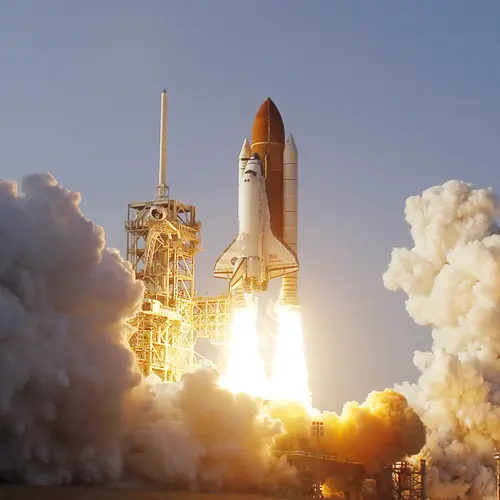/
STS-48
Launch Success
Liftoff Time (GMT)
23:11:04
Thursday September 12, 1991
Watch Replay
Official Livestream
Mission Details
STS-48
On the third day of the mission, the Upper Atmosphere Research Satellite (UARS) was deployed from Discovery's payload bay 350 statute miles above Earth to study human effects on the planet's atmosphere and its shielding ozone layer. The UARS mission objectives were to provide an increased understanding of the energy input into the upper atmosphere, global photochemistry of the upper atmosphere, dynamics of the upper atmosphere, the coupling among these processes, and the coupling between the upper and lower atmosphere. This provided data for a coordinated study of the structure, chemistry, energy balance, and physical action of the Earth's middle atmosphere - that slice of air between 10 and 60 miles above the Earth. The UARS was the first major flight element of NASA's Mission to Planet Earth, a multi-year global research program that would use ground-based, airborne, and space-based instruments to study the Earth as a complete environmental system.[3] UARS had ten sensing and measuring devices: Cryogenic Limb Array Etalon Spectrometer (CLAES); Improved Stratospheric and Mesospheric Sounder (ISAMS); Microwave Limb Sounder (MLS); Halogen Occultation Experiment (HALOE); High Resolution Doppler Imager (HRDI); Wind Imaging Interferometer (WlNDII); Solar Ultraviolet Spectral Irradiance Monitor (SUSIM); Solar/Stellar Irradiance Comparison Experiment (SOLSTICE); Particle Environment Monitor (PEM) and Active Cavity Radiometer Irradiance Monitor (ACRIM II). UARS's initial 18-month mission was extended several times – it was finally retired after 14 years of service.
Low Earth Orbit
7,865 kilograms
Rocket


Agency
NASAPrice
$450.00 million
Rocket
Height: 56.1m
Payload to Orbit
LEO: 27,500 kg
GTO: 3,810 kg
Liftoff Thrust
30,250 Kilonewtons
Stages
2
Strap-ons
2
Launch Site
Stats
Space Shuttle
43rd
Mission
5th
Mission of 1991
1991
66th
Orbital launch attempt
